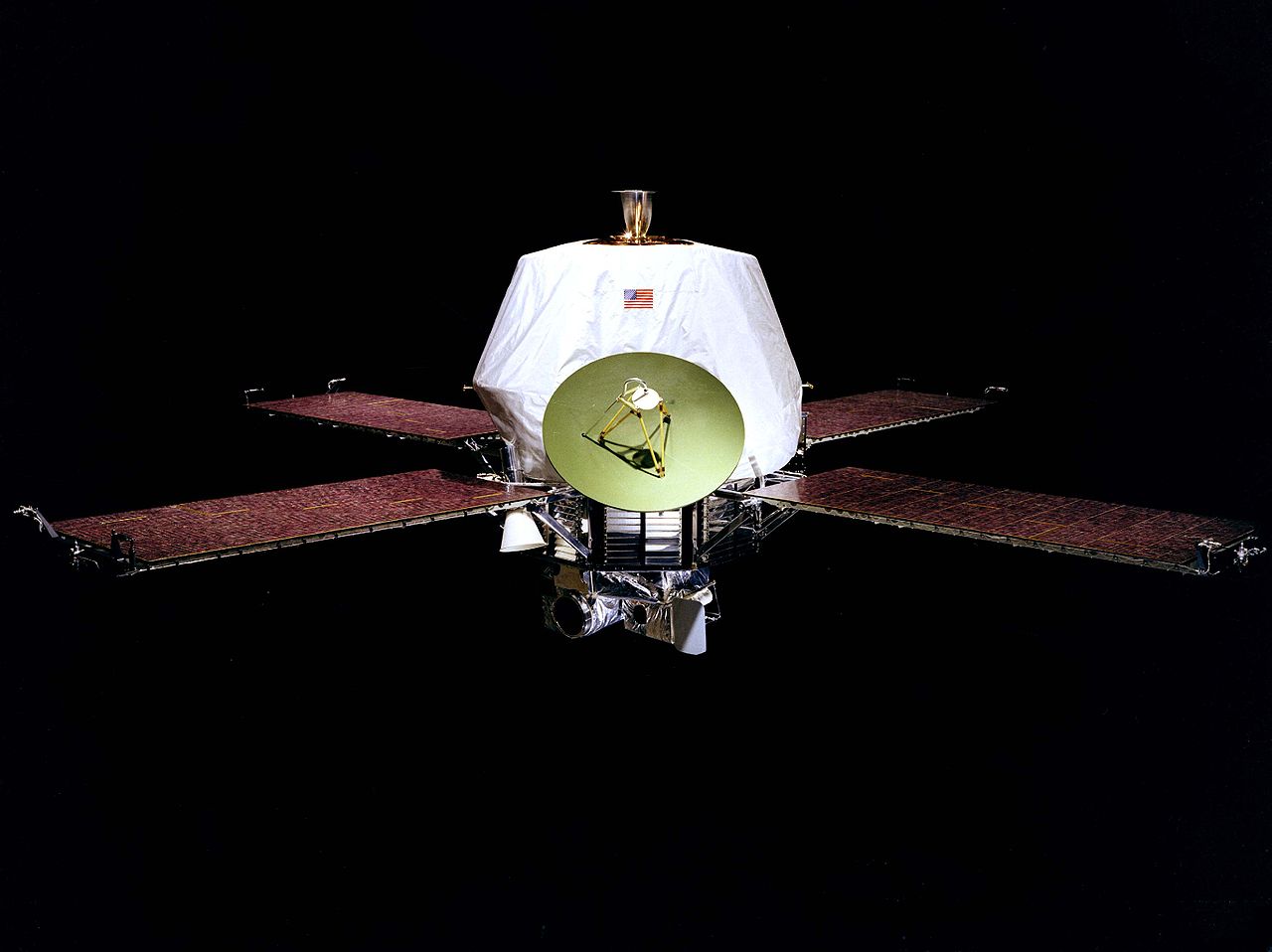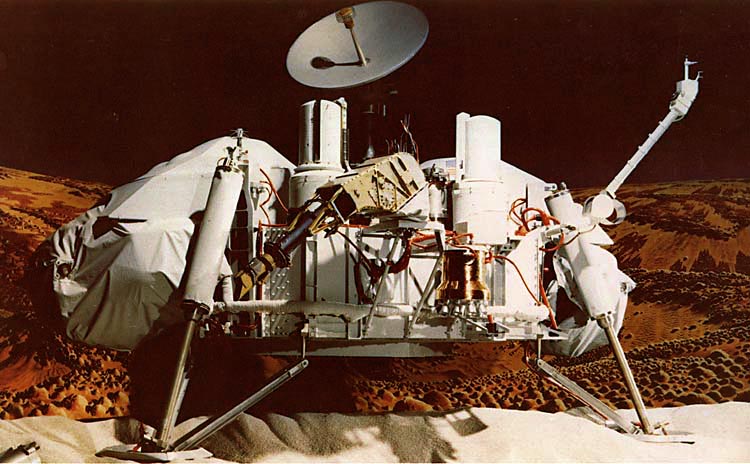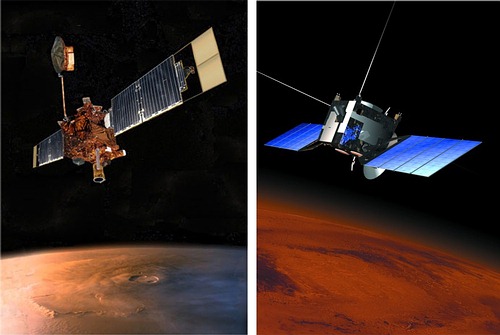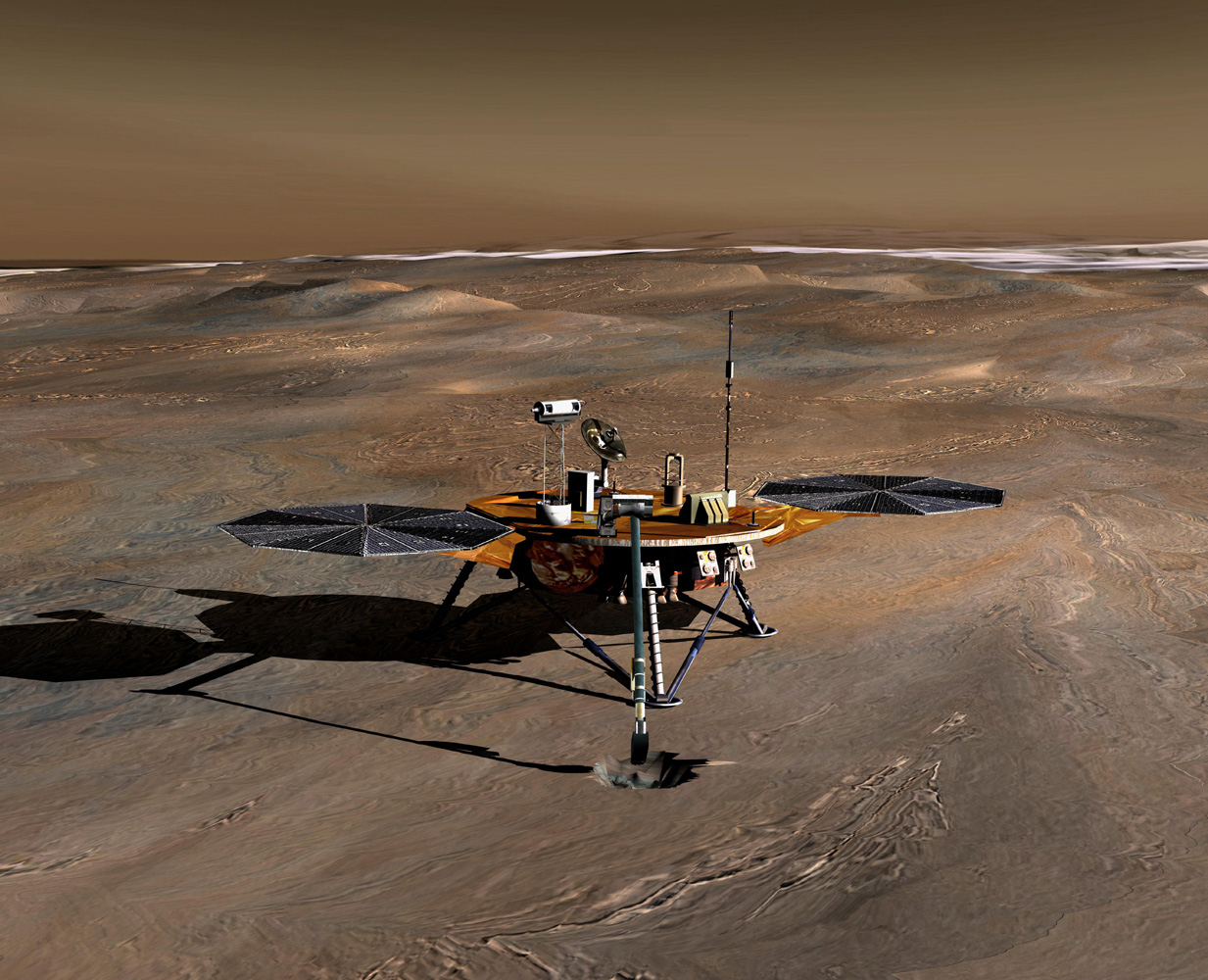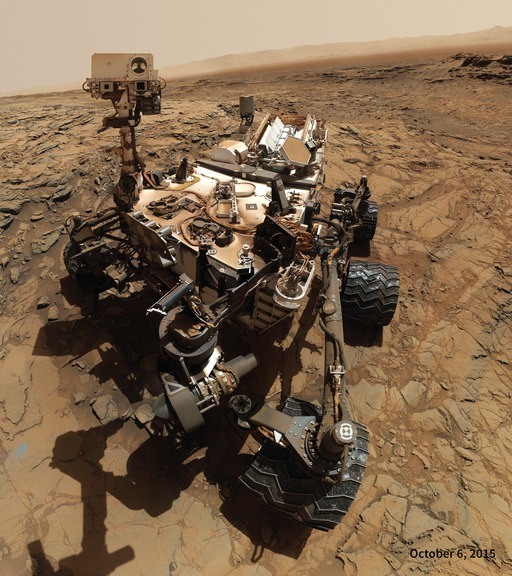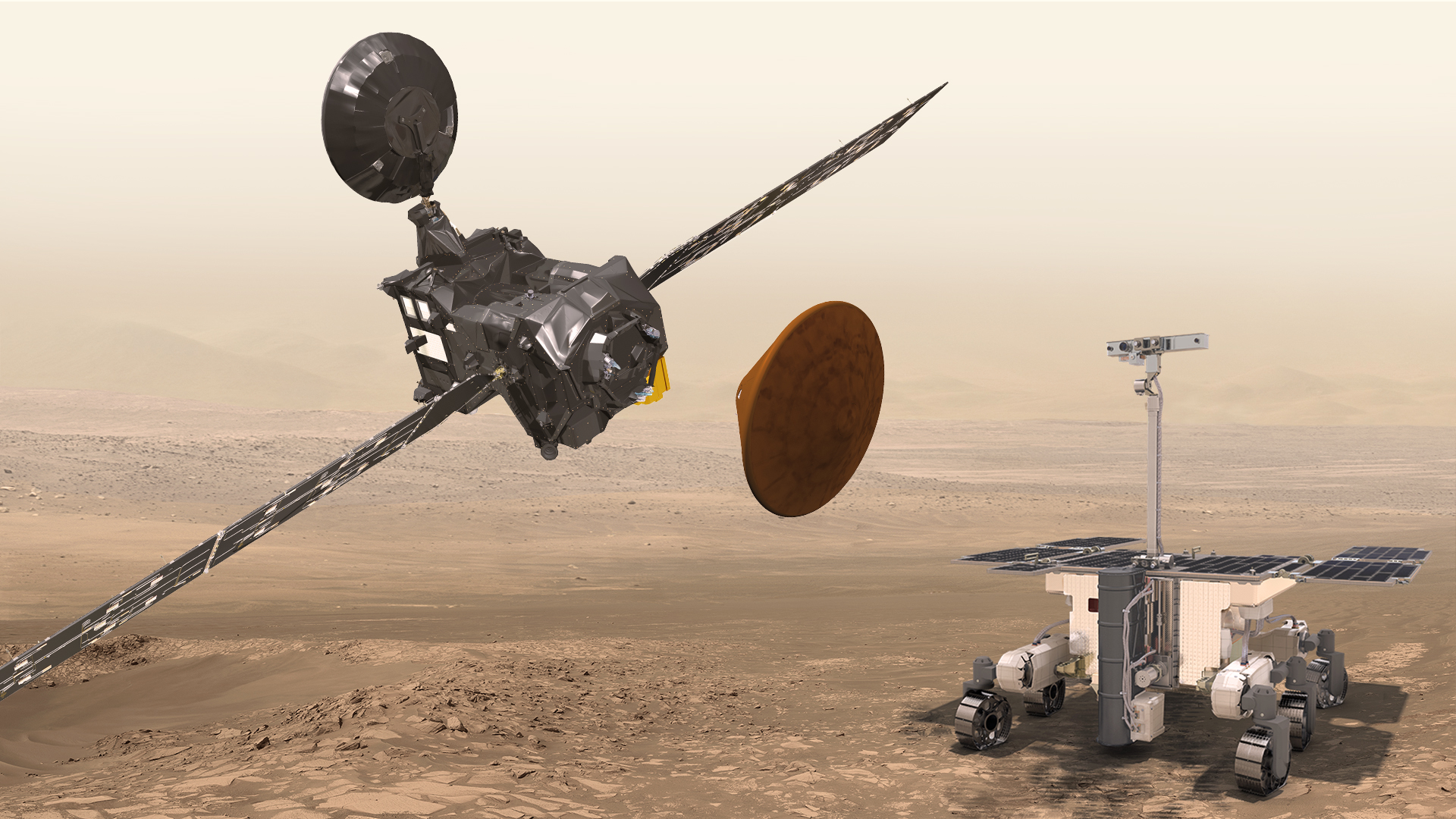 |
||||||
|
Missions to Mars 60's The first spacecraft to take pictures of Mars during a flyby was the US mission Mariner 4 in 1965. The Russian mission Mars 1 already made a flyby close to the red planet but contact was lost and no picture could be taken. Mariner 4 took pictures of ancient cratered areas of the southern hemisphere which revealed no water, no vegetation and no sign of extra-terrestrial life. The pressure at the surface was estimated to be lower than 7 mbar. Some years later, Mariner 6 and 7 missions took pictures of the same cratered "dull" terrain during their flyby.
70's The big revolution came in November 1971 with Mariner 9, the first spacecraft inserted into another planet's orbit. Upon arrival, the planet was experiencing a global dust storm event implying that the planet was surrounded by a thick dust layer hiding the surface. Once the dust disappeared, the orbiter took a series of pictures that changed completely the view we had of Mars: huge volcanoes, canyons, glaciers, riverbeds, etc. Mars was absolutely not a "dull" planet.
On the Russian side, after 8 unsuccessful missions in 11 years, first pictures of the planet were taken in December 1971 with the twin missions Mars 2 and 3. Each was composed of an orbiter and a lander. The two landers were the first modules to touch the Martian ground but they could not send any data back. The first one crashed on the surface and the second succeeded in landing but lost contact 20 seconds after the beginning of transmission, probably due to a dust storm. The two orbiters provided some pictures but not as good as Mariner 9. In 1973, despite a known problem in their chipset, Russians sent 4 new missions to Mars:
Mars 4 and 7 were lost in space, contact was lost with Mars 6 after its landing and Mars 5 was inserted into orbit but stopped responding after some 20 orbits. That accumulation of failed missions and too few half successes convinced Russia to redirect its interest toward Venus which will be more favourable to them. In 1976, the two NASA's missions Viking 1 and 2 landed on Mars and were the first to transmit data from the ground. They were equipped to search for traces of life but did not find any. Added to that, they provided in situ measurements of atmospheric composition and meteorological data, some of which has been used for a long time afterwards. The missions were planned to last 90 days but worked for more than 3 and 6 years.
90's It is only in 1992 that the next US mission was sent to the red planet: Mars Observer, an ambitious and expensive mission that failed. NASA decided then to change philosophy and adopted the new motto "cheaper, faster and better" aiming to send less expensive missions every launch window, happening every 26 months. In 1996, NASA sent two very successful missions:
During that year, there was another failed attempt from Russia: Mars 96 which was carrying European instruments on its board. The failure of Mars 96 finally pushed Europe to build its own satellites. ESA started then the Mars-Express project based on the instruments on board Mars 96.
1999 saw the failure of two U.S. missions launched the previous year:
2000's Since the year 2000, no less than eight successful missions arrived at/on Mars. Among them six are from America and two from newcomers to Mars:
These eight missions, which were generally highly successful are, ordered by date of launch:
At the end of 2014, most of them were still operating (except Spirit and Phoenix). The Mars-Express orbiter (MEX) is still orbiting and working.
In 2016 the ExoMars Trace Gas Orbiter (TGO) was launched to focus on methane and other trace components in the atmosphere (ESA/FKA). An entry-descent module (EDM) is also part of the ExoMars 2016 mission which purpose is to perform a landing demonstration.
In 2018 the InSight mission (NASA) for the study of Mars' interior should be launched. And in 2020, Mars 2020 should reach Mars with a copy of the Curiosity rover that should prepare samples for a future sample return mission that would bring them back to Earth to be analysed. The same year the ExoMars rover (ESA/FKA) is planned to be launched. Its scientific objectives are exobiology and sub-surface study.
|
|||||
